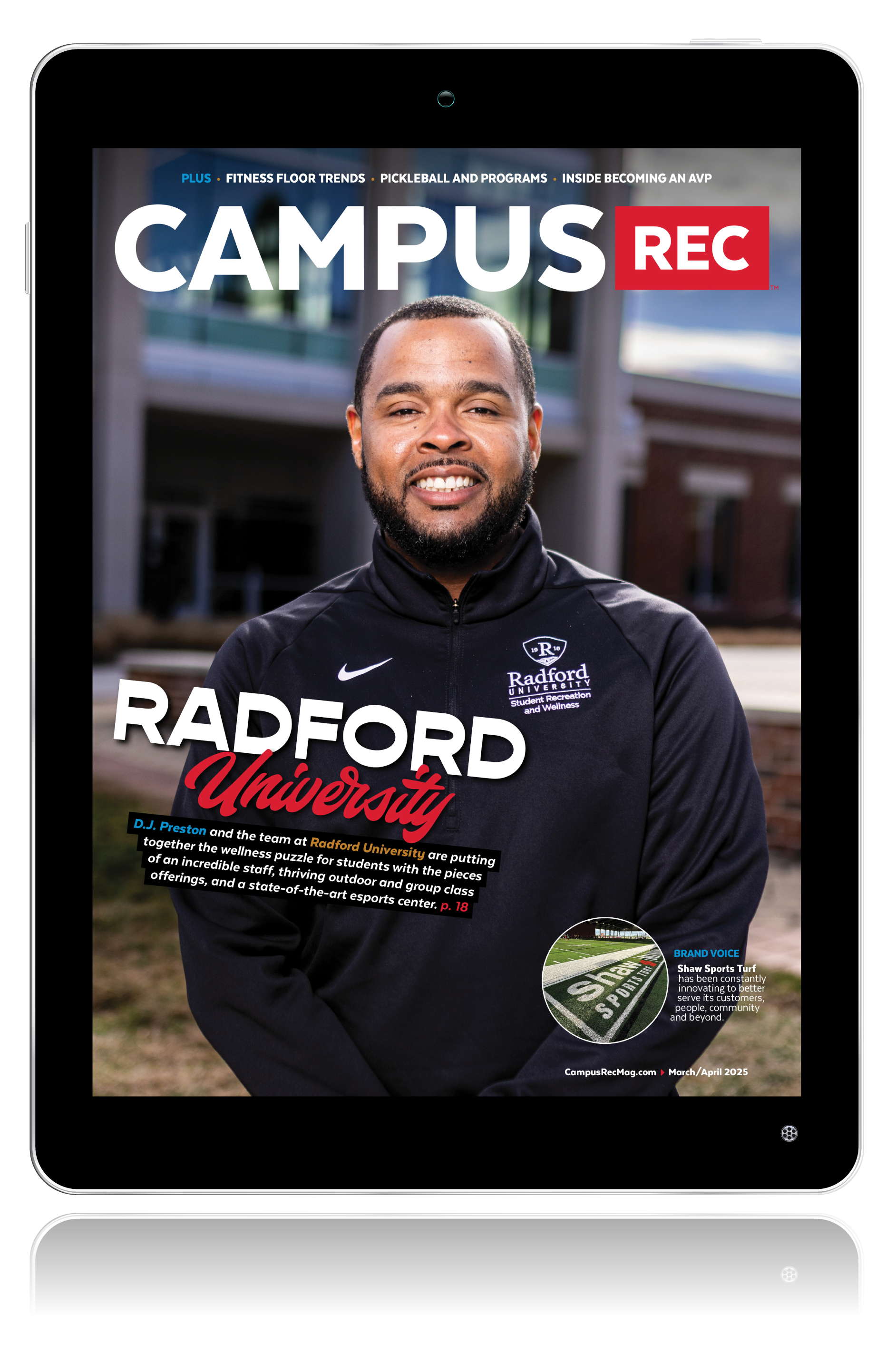The past two-plus years have been challenging in many ways for all of us. We have all handled it differently to make it through it through, personally and professionally. During this time the line, “Keep swinging!” kept me going.
My late grandfather, Alfred T. Zodda, said this to me every time he said goodbye for all of my life. I never thought a lot about what it meant more than as a way to say “I love you,” and to keep working hard at whatever I was doing. My grandfather passed away at 102 in May 2022, and since then I have been thinking more about what “keep swinging” means and realized it had a much deeper impact on my life.
The saying came from his love of sports but specifically baseball. It’s in reference to the concept you can’t get a hit without swinging the bat. No matter how much of a slump you are in, you have to keep swinging to get out of the slump. The more I think about this metaphor, the more I realized it represents taking chances and not being afraid to fail. As we continue to return from COVID-19 and the disruption it put on higher education — specifically campus recreation — we all are struggling with aspects of our programs we have not encountered in the past. As such, we can sometimes feel on our heels or like all we are doing is swinging and missing.
When I feel this way, I go back to “keep swinging” because if I don’t swing the bat, I can never hit the ball. If I don’t hit the ball, I will never get a hit. That hit can be an infield single, or a home run, but either way it stops a slump and provides movement forward, no matter how small or large. The other side of this is I might swing and miss or make contact that results in an out but I can learn from that failure. It can help me get a hit the next time.
“Keep Swinging” In Practice
At The College of New Jersey (TCNJ), the “keep swinging” mindset has been used regularly in developing a sense of community around our student staff since we returned to fully in-person during the fall of 2021.
The staff seemed disengaged from being part of the larger team. Our traditional efforts of professional development workshops and appreciation lunches did not work in the fall. We tried different tactics involving large-scale invites again in the spring with no success. Finally at our end-of-year brunch, we had a few mostly upper-class students attend and had some connection but still feel like we missed the mark. We are realizing we have to be much more intentional with how we invite the students and make the purpose much more known. We will be trying these strategies in the upcoming year with anticipation of greater success.
EXTRA CREDIT: Here are some important tips and strategies for rebuilding student teams.
Another example TCNJ was we had a multi-year “keep swinging” challenge with our forfeit rate for all intramural sports — but specifically flag football. We play flag football mostly on Sundays in the fall due to facility availability. Starting in the fall of 2016 through 2018 we saw a drastic rise in forfeit/default rate from 43% to 100% for regular season games. As a result, we were also seeing dropping numbers of teams due to poor experiences. As this was happening, we tweaked the schedule based on our thoughts that games were too early, too late and other ideas at the administration level.
After talking with some staff we realized because New Jersey has three local pro football teams that students are more invested in watching rather than playing flag football. For the 2019 season, we built the schedule around the Jets, Giants and Eagles games and the forfeit/default rate dropped to 22%. In 2021 when we came back from COVID with in-person intramural sports, we kept the same scheduling and the rate dropped to 15%. It is a good thing we kept swinging and learned each year from mistakes we made in scheduling.
Final Takeaways
One huge lesson we learned was asking the students why forfeits were so high and finding out it was for very different reasons than we thought. Now our flag football league is growing and the experience is positive for our students and a value to our program which shows a positive well-being impact on our students.
We must remember individually and collectively we are in our positions because we were not afraid to take chances in order to improve ourselves, our programs and our facilities. Some of these chances led to successful programs, facility expansion or positively impacting one student who needed the engagement at that moment. These chances also might not have been successful but should have led to a growth moment that allowed us to try again and have the success the next time, or the time after that. No matter what, we cannot give up because of failure. We have to keep learning, building and trying in order to have success that ultimately has a positive effect on the individuals and community we serve.
We are in some unknown and strange times, but they also can be exciting to see how we will grow and adapt moving forward. However, we need to “keep swinging” in order to get there.










